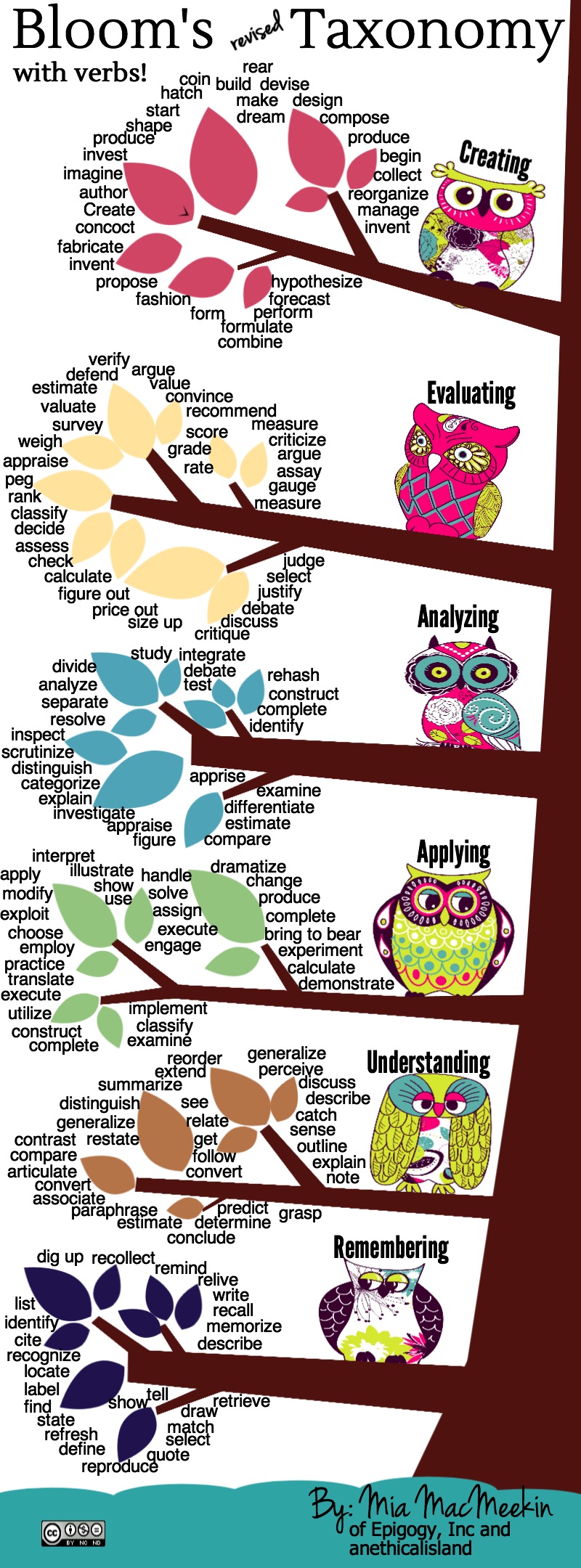First we need to look at what higher-order thinking (HoT) is. HoT can be put into 3 main categories as per Brookhart (2010). These are:
- defined in terms of transfer,
- defined in terms of critical thinking, and
- defined in terms of problem solving.
Problem solving: using HoT processes to come up with a solution to a problem. The problems are usually open-ended and their solutions may change depending on if the circumstances change.
These clearly show that deep understandings and meanings are needed and students need to be equipped with skills that they can apply to new and unfamiliar situations and problems. So this is when Collins (2014) leads us into how to teach higher-order thinking skills to students.
Teaching HoT skills:
- Teaching the language and concepts of HoT (explicit teaching),
- Planning classroom questioning and discussion time to tap into particular higher-order thinking skills,
- Explicit teaching subject concepts,
- Providing scaffolding, and
- Consciously teach to encourage HoT.
(Collins, 2014).
For a more comprehensive overview, look up the article "Skills for the 21st Century: teaching higher-order thinking skills" by Robin Collins (2014) at http://www.curriculum.edu.au/leader/home,61.html
The most common framework for higher-order thinking questioning is Bloom's Revised Taxonomy. Krathwohl (2002) describes the revised taxonomy as a hierarchy of cognitive dimensions which differ in their depth and complexity (p. 215). He describes the revised taxonomy as being constructed with verbs and being more flexible (as far as which category activities may lie within) so that users of the taxonomy, which are often educators, will be able to use it with greater ease and create activities and questioning which engage learners in deeper and more meaningful thinking; higher-order thinking.
I find the taxonomy incredibly useful in my teaching practice so far. It's great for creating summary questions (in my planning ahead of the lesson) to ensure that I ask those key questions that prompt deep and meaningful thought and extend the students. However, I have personally found it hard to remember the revised taxonomy and key words that might go with it. So, to help me out, I found this lovely image created by Mia MacMeekin and have printed and laminated it as a bookmark. I have found this super useful (thankyou Mia!).
References
Collins, R. (2014). Skills for the 21st century: teaching higher-order thinking skills. Curriculum and leadership journal 12(14). Retrieved from http://www.curriculum.edu.au/leader/home,61.html
Krathwohl, D. R. (2002). A revision of Bloom's taxonomy: an overview. Theory into practice 41(4) 212-218. Retrieved from http://www.jstor.org
Krathwohl, D. R. (2002). A revision of Bloom's taxonomy: an overview. Theory into practice 41(4) 212-218. Retrieved from http://www.jstor.org

No comments:
Post a Comment